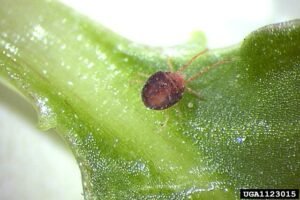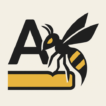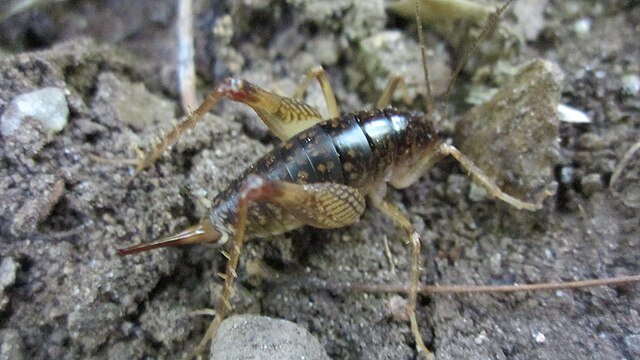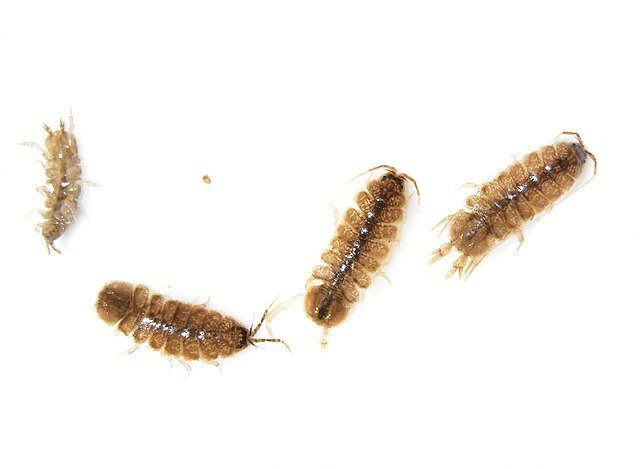What Are Clover Mites of Almond and Alfalfa (Bryobia praetiosa complex)?
 Clover mites of almond and alfalfa belong to the Bryobia praetiosa complex, a group of plant-feeding arachnids in the family Tetranychidae. These mites are distinct from common spider mites because they do not produce silk webbing, but they share the same sap-sucking feeding behavior that damages leaves and reduces crop productivity.
Clover mites of almond and alfalfa belong to the Bryobia praetiosa complex, a group of plant-feeding arachnids in the family Tetranychidae. These mites are distinct from common spider mites because they do not produce silk webbing, but they share the same sap-sucking feeding behavior that damages leaves and reduces crop productivity.
In almonds, the main problem is often referred to as the brown almond mite (Bryobia rubrioculus), while in alfalfa and other legumes the pest is described as the clover mite (Bryobia praetiosa). Both species are closely related and show similar biology and management challenges.
How Can You Identify Clover Mites of Almond and Alfalfa?
Adult clover mites are very small, usually less than one millimeter, with a reddish-brown to dark brown body. Their most distinctive feature is the extremely long front legs, which point forward like antennae and are often longer than the body itself.
Eggs are round, bright red, and laid in clusters on tree bark, twigs, soil surfaces, or weeds. Under magnification, larvae appear with only three pairs of legs, while nymphs and adults have four pairs, as is typical for arachnids.
The lack of webbing distinguishes them from two-spotted spider mites (Tetranychus urticae), which are common in many orchards and greenhouses.
How Do Clover Mites of Almond and Alfalfa Reproduce and Develop?
Reproduction is mostly parthenogenetic, meaning females produce offspring without mating. This allows populations to increase rapidly from very few individuals. A single female can lay dozens of eggs during her lifetime.
The life cycle proceeds through egg, larva, protonymph, deutonymph, and adult. Depending on temperature, development from egg to adult may take only three to four weeks.
In almond orchards, eggs overwinter on woody tissues such as bark and twigs and hatch in spring as leaves emerge. In alfalfa fields, mite populations peak during hot, dry weather, particularly when plants are stressed or when weeds serve as alternative hosts at field margins.
What Damage Do Clover Mites Cause in Almonds and Alfalfa?
Feeding occurs when mites pierce leaf tissues with their mouthparts and suck out the contents of plant cells. This produces characteristic stippling that later appears as silvering or bronzing of leaves.
In almonds, heavy infestations reduce photosynthetic activity, weaken tree vigor, and can cause premature leaf drop. Fruit size and quality are affected, and bud formation for the following season may also decline.
In alfalfa, clover mite damage appears as bronzed patches and reduced regrowth after cutting. Infested plants may have lower forage quality and reduced yields.
Although these mites do not harm humans or animals, they can enter nearby houses or storage buildings in large numbers, leaving red stains when crushed.
When Should You Treat for Clover Mites in Almond and Alfalfa Fields?
Economic thresholds vary by crop, region, and presence of natural predators. In almonds, treatment is usually justified when one to two mites per leaf are found during monitoring and predators are absent. In alfalfa, chemical intervention is recommended when bronzing symptoms spread widely across the field and plant vigor is compromised.
Because thresholds depend on crop stage, variety, and local conditions, consulting a licensed agronomist is essential before making treatment decisions.
What Cultural Practices Help Reduce Clover Mite Infestations?
Cultural management is the foundation of integrated pest control.
Remove weeds and groundcovers that act as alternative hosts.
Maintain bare soil or gravel strips around tree trunks and field margins to reduce overwintering sites.
Avoid water stress by maintaining adequate irrigation, since dry conditions favor mite outbreaks.
Reduce dust in orchards and fields, as dusty conditions promote mite survival and spread.
Strong, healthy plants are more resistant to mite damage, so maintaining overall crop vigor is a key preventive measure.
Can Natural Predators Control Clover Mites of Almond and Alfalfa?
Yes. Several natural enemies feed on clover mites. Predatory mites of the Phytoseiidae family are particularly important, as are beneficial insects like lady beetles and minute pirate bugs.
When predators are present, clover mite populations often remain below damaging levels. However, broad-spectrum insecticides can eliminate these beneficial organisms and allow mites to rebound quickly. Preserving predator populations is therefore a crucial part of integrated pest management.
Which Miticides Are Effective Against Clover Mites?
Chemical control should be used only when monitoring confirms that populations exceed thresholds and other measures are insufficient.
In almonds, winter ovicides may target overwintering eggs, while in-season miticides reduce active populations. In alfalfa, miticides should be applied according to local extension recommendations, always considering pre-harvest intervals and grazing restrictions.
Rotating active ingredients is essential to prevent resistance, as clover mites can develop tolerance to miticides quickly. Always use products registered for almonds or alfalfa and follow label instructions exactly.
How Can You Prevent Clover Mites from Entering Houses or Storage Buildings?
When infestations occur near buildings, mites may migrate indoors, especially during population peaks in spring or fall. To prevent this:
Seal cracks around windows, doors, and siding.
Remove grass or weeds directly adjacent to building foundations.
If mites appear indoors, vacuum them instead of crushing, since crushed mites leave red stains.
Why Should Farmers Consult a Professional Agronomist for Clover Mite Management?
While growers can recognize symptoms and apply basic practices, professional agronomists provide essential expertise. They confirm species identification, adapt thresholds to local conditions, design spray programs, and ensure compliance with regulations.
Professional advice is especially important for managing resistance, choosing the correct products, and integrating biological control. Involving a licensed agronomist helps protect yields, orchard longevity, and long-term farm profitability.
References
Kansas State University Research and Extension. Clover Mites, MF915.
University of Massachusetts Extension. Bryobia praetiosa (clover mite) fact sheet.
A Revision of the Genus Bryobia in Greece (Acari: Tetranychidae), από Hatzinikolis & Emmanouel
Disclaimer
This article is for informational purposes only. Pest control laws and approved chemicals vary by country. For best results and legal safety, always consult a licensed agronomist or pest control professional in your local area. Ensure that only approved products are used and applied exactly as instructed on the label. In most regions of Europe, the UK, or the USA, following label directions is not just best practice—it is the law.
Read more in our blog and explore guides on mites, aphids, thrips, and many other crop enemies. Stay informed and protect your yield with expert knowledge.
Author
Nasos Iliopoulos
MSc Agronomist & Certified Pest Control Expert
Scientific Director, Advance Services (Athens, Greece)
Licensed Pest Control Business – Ministry of Rural Development & Food (GR)


